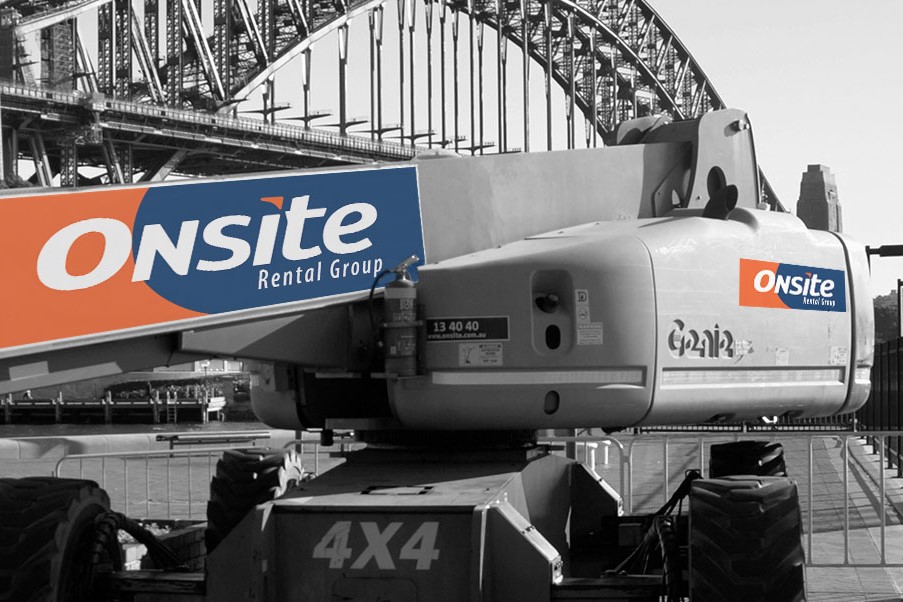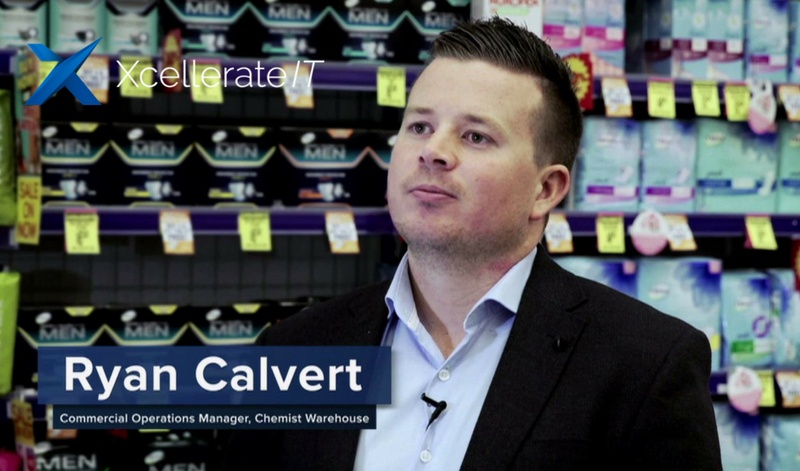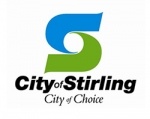
Let’s face it—accounts payable isn’t the flashiest part of running a business, but it’s the backbone of smooth operations. And yet, it’s often where inefficiencies lurk: lost invoices, late payments and overworked finance teams buried under a mountain of manual tasks.
In 2025, businesses are shifting their mindset. AP automation isn’t just a tool; it’s a strategy. It’s how forward-thinking finance teams free themselves from the drudgery, reclaim their time and deliver real value to their organisations. Curious about how this works? Let’s break it down.
1. No More Bottlenecks: Fast Approvals, Happy Vendors
Remember the last time an important invoice got stuck waiting for an approval, leading to a late fee—or worse, an annoyed vendor? With automation, that’s a thing of the past.
Modern AP platforms use workflows that route invoices to the right people instantly, send gentle reminders when approvals are overdue, and even allow for mobile approvals on the go. By removing bottlenecks, payments happen faster and supplier relationships stay strong.
And here’s the kicker: when your vendors are happy, they’re more likely to prioritise your orders or offer better terms. A win-win.
2. More Brain Work, Less Busy Work
How much time does your team spend manually keying in invoice details or chasing down missing documents? For most businesses, it’s far too much.
AP automation eliminates that grind. By extracting data from invoices automatically—whether they arrive as PDFs, emails, or scanned documents—your team spends less time on data entry and more time analysing spend trends or negotiating better deals.
Imagine what your finance team could achieve if they weren’t bogged down by the basics. That’s the potential AP automation unlocks.
3. Accuracy That Saves You Money
Even the best finance teams are prone to human error. But when mistakes like duplicate payments or missed discounts happen, they cost you real money.
AP automation solves this by cross-referencing invoices, purchase orders and receipts to catch discrepancies before payments go out. Some systems even use AI to flag unusual patterns, like a vendor charging you twice for the same service.
This kind of accuracy doesn’t just protect your bottom line—it builds confidence in your processes.
4. Real-Time Insights, Smarter Decisions
One of the most underrated perks of automation is the visibility it provides. With all your AP data centralised and updated in real time, you get instant access to insights like:
- Which vendors offer the best early payment discounts.
- Where most of your spend is going.
- How much cash you’ll need for upcoming payment cycles.
Armed with this information, finance leaders can make smarter decisions, whether it’s optimising cash flow or renegotiating contracts with suppliers.
5. Scaling Without the Stress
As businesses grow, so do their AP workloads. Processing 100 invoices a month is one thing; processing 1,000 is a whole other beast.
AP automation scales effortlessly. It handles increased invoice volumes without requiring extra staff, ensuring your finance team stays lean and efficient—even as your business expands. Plus, many platforms integrate with ERP systems, making it easy to connect your AP processes with the rest of your operations.
6. What’s Next for AP Automation?
2025 is already bringing exciting advancements to the world of AP automation:
- Predictive Analytics: Tools that help you forecast cash flow and payment needs before they arise.
- Global Payment Capabilities: Seamlessly managing payments across multiple currencies and geographies.
- Sustainability Tracking: Some systems now analyse procurement data to help businesses meet their ESG goals, like working with green suppliers or reducing paper usage.
These aren’t just bells and whistles—they’re features designed to help businesses stay competitive in a fast-changing world.
How to Get Started with AP Automation
If you’re ready to bring the benefits of AP automation to your business, here are the key steps to get started:
- Assess Your Current Process: Identify bottlenecks, pain points, and inefficiencies in your current AP workflow. Knowing where you stand is the first step to finding the right solution.
- Set Clear Goals: Define what you want to achieve—faster approvals, fewer errors, better vendor relationships, or all of the above. Clear goals will guide your implementation.
- Evaluate Your Options: Look for an AP automation platform that integrates seamlessly with your existing systems, supports your growth, and offers the features you need without unnecessary complexity.
- Plan for Adoption: Successful automation isn’t just about technology; it’s about people. Communicate the benefits to your team, provide training, and make the transition as smooth as possible.
- Measure Success: Once implemented, track key metrics like processing time, error rates, and cost savings to ensure you’re reaping the full benefits.
Starting small and scaling up is often the best approach. By taking these steps, your finance team will be well on its way to reaping the rewards of AP automation.
Take the First Step Toward Smarter AP
AP automation isn’t just about paying bills faster. It’s about transforming the way your finance team works, unlocking efficiency and giving your business the tools it needs to thrive in 2025 and beyond.
So, ask yourself: what could your team achieve if you freed them from the grind? The possibilities are endless.
Ready to Make the Shift?
If AP automation sounds like the answer to your finance headaches, now’s the perfect time to explore your options. Start 2025 by taking your accounts payable process to the next level—and give your team the power to focus on what really matters.
LEARN MORE
START THE CONVERSATION
Contact us today to discover how automation can drive efficiency and innovation across your operations. Our experts are ready to guide you through the next steps.
FOLLOW US ON SOCIAL MEDIA
























